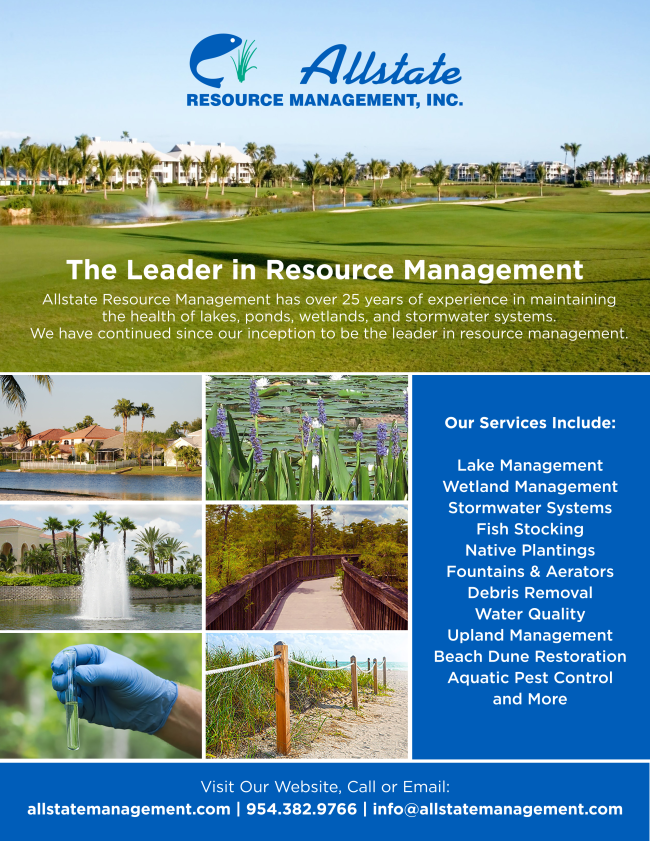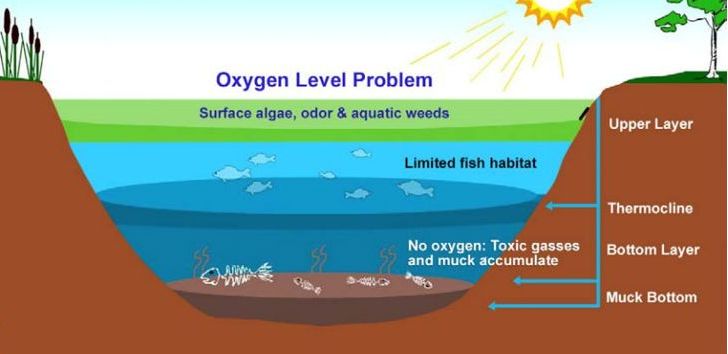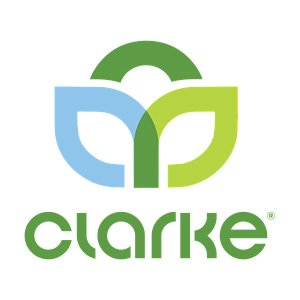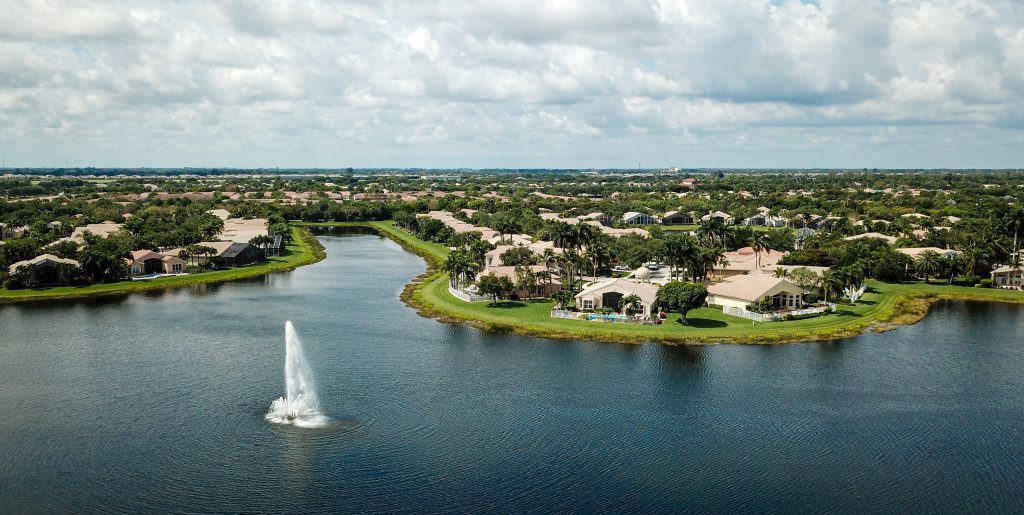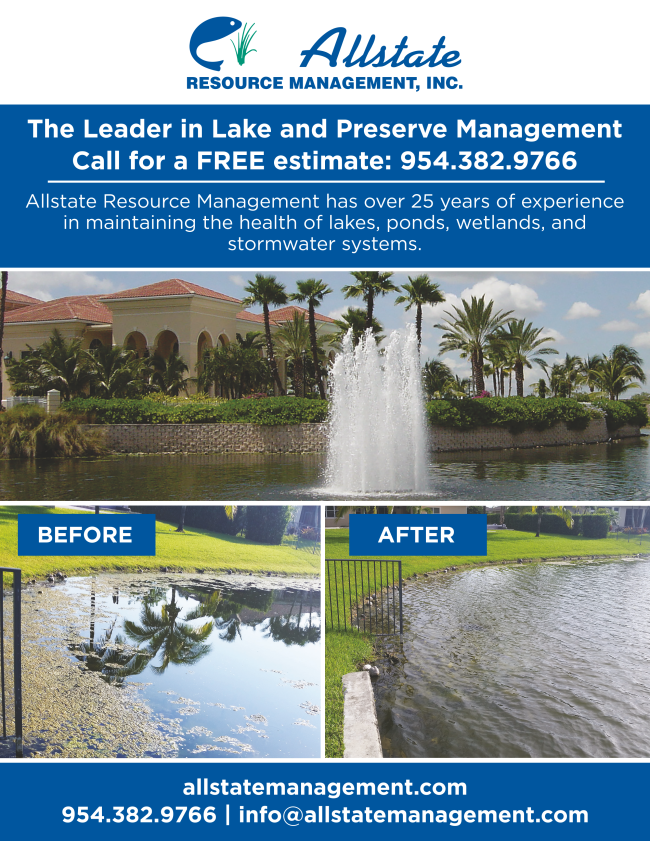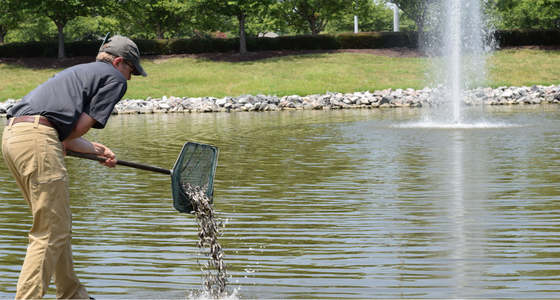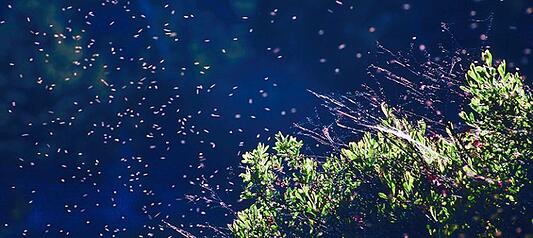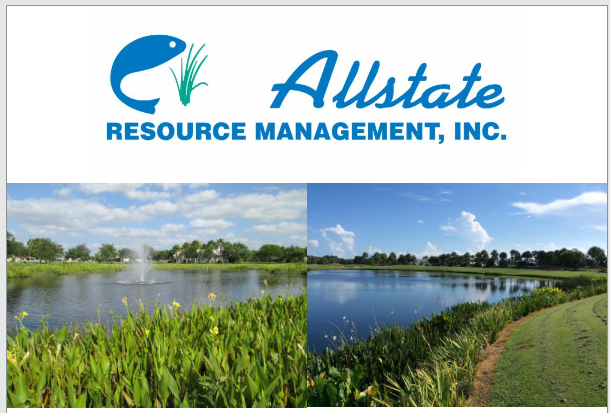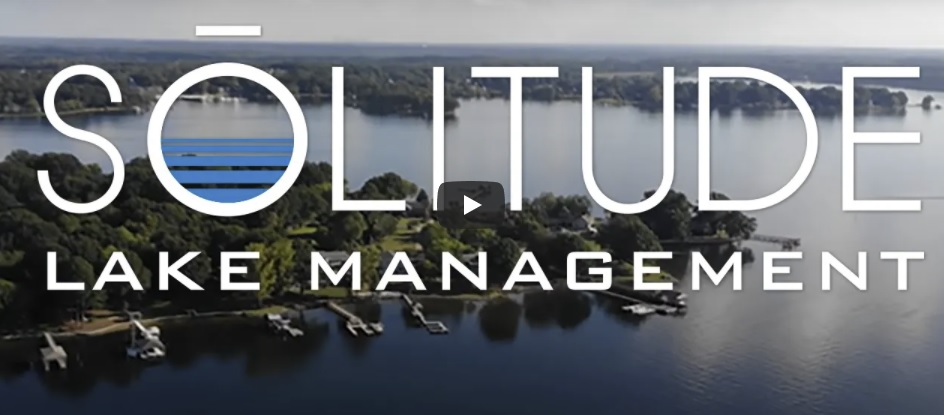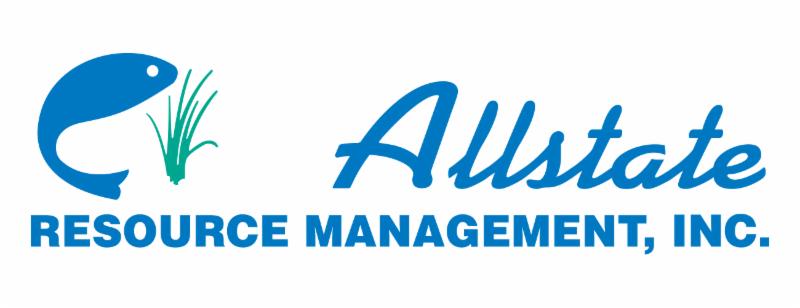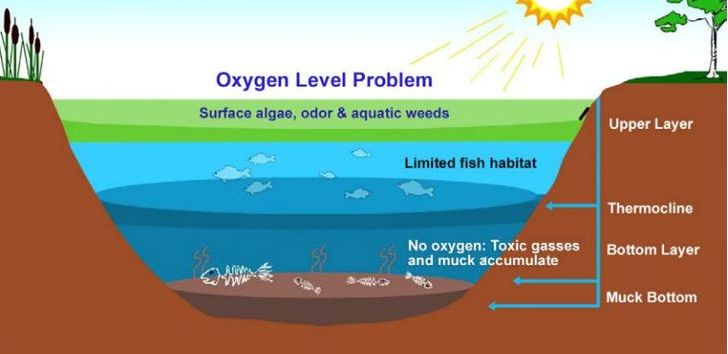Does your HOA have a Stormwater Recertification in 2023?
Does your HOA have a Stormwater Recertification in 2023?
Allstate Resource Management’s team of experts specializes in storm drain cleaning in South Florida. We will keep your stormwater systems and storm drains operating properly and in compliance with government standards.
We have a team of experts that will make sure your stormwater systems are working properly. The stormwater system’s primary purpose is to prevent flooding by rapidly removing surface water.
Various government agencies in Florida have specific regulations regarding the maintenance of these complex systems. Non-compliance can result in fines and unnecessary expense. A properly functioning drainage system helps to prevent flooding, maintain water quality and captures pollutants.
Stormwater Recertification or Permit Renewal Process:
Locate paving and drainage plans
Count the number of structures at the site
Inspect the system
Use inspection report to prepare for maintenance
Perform stormwater system cleaning
Engineer inspection
Water control district issues permit
Call us today at 954-382-9766 or info@allstatemanagement.com
for more information on how Allstate Resource Management
can help your community prepare for the rainy season!

